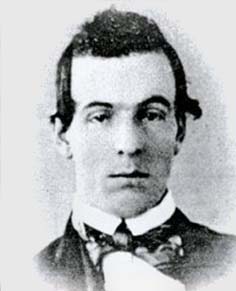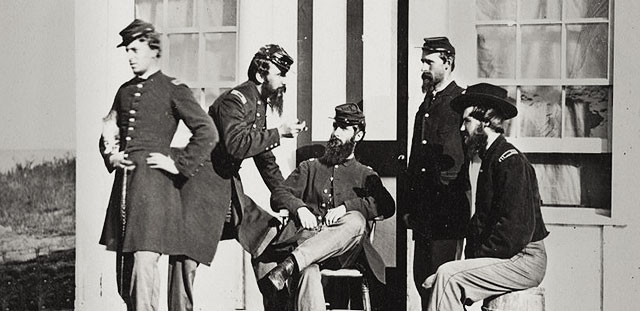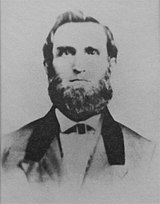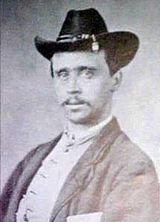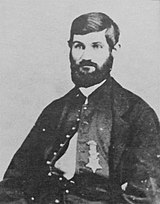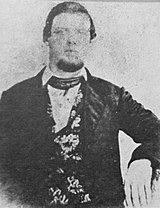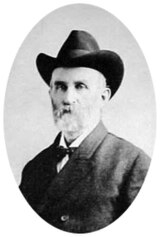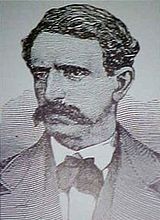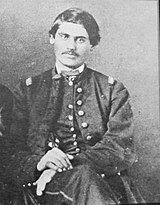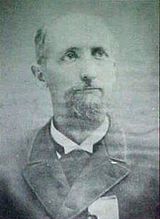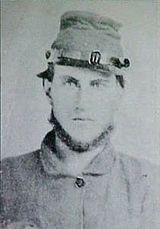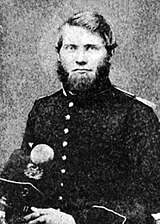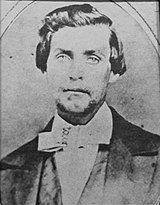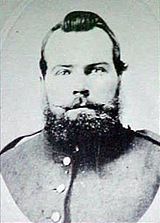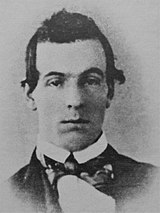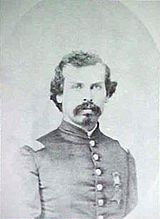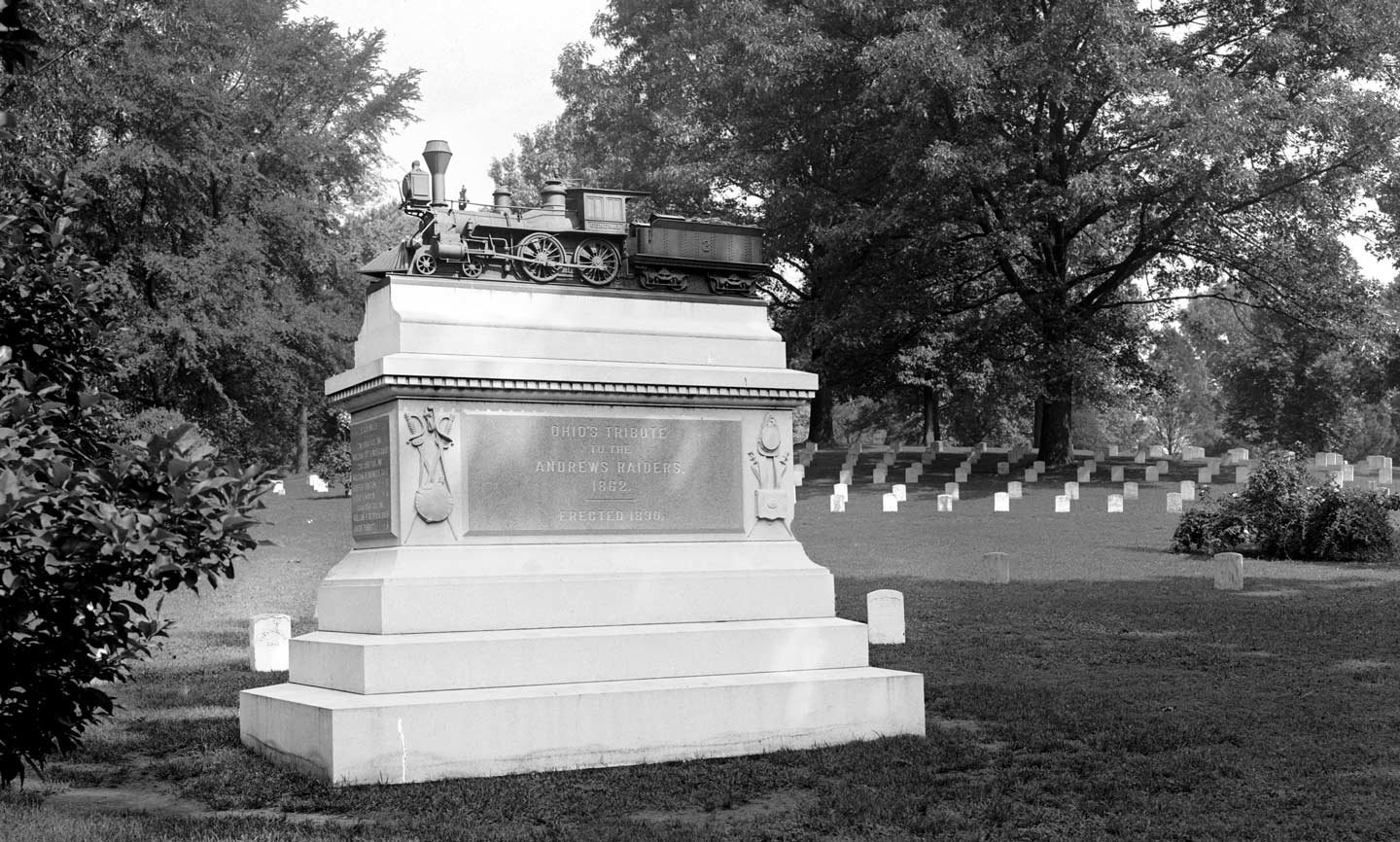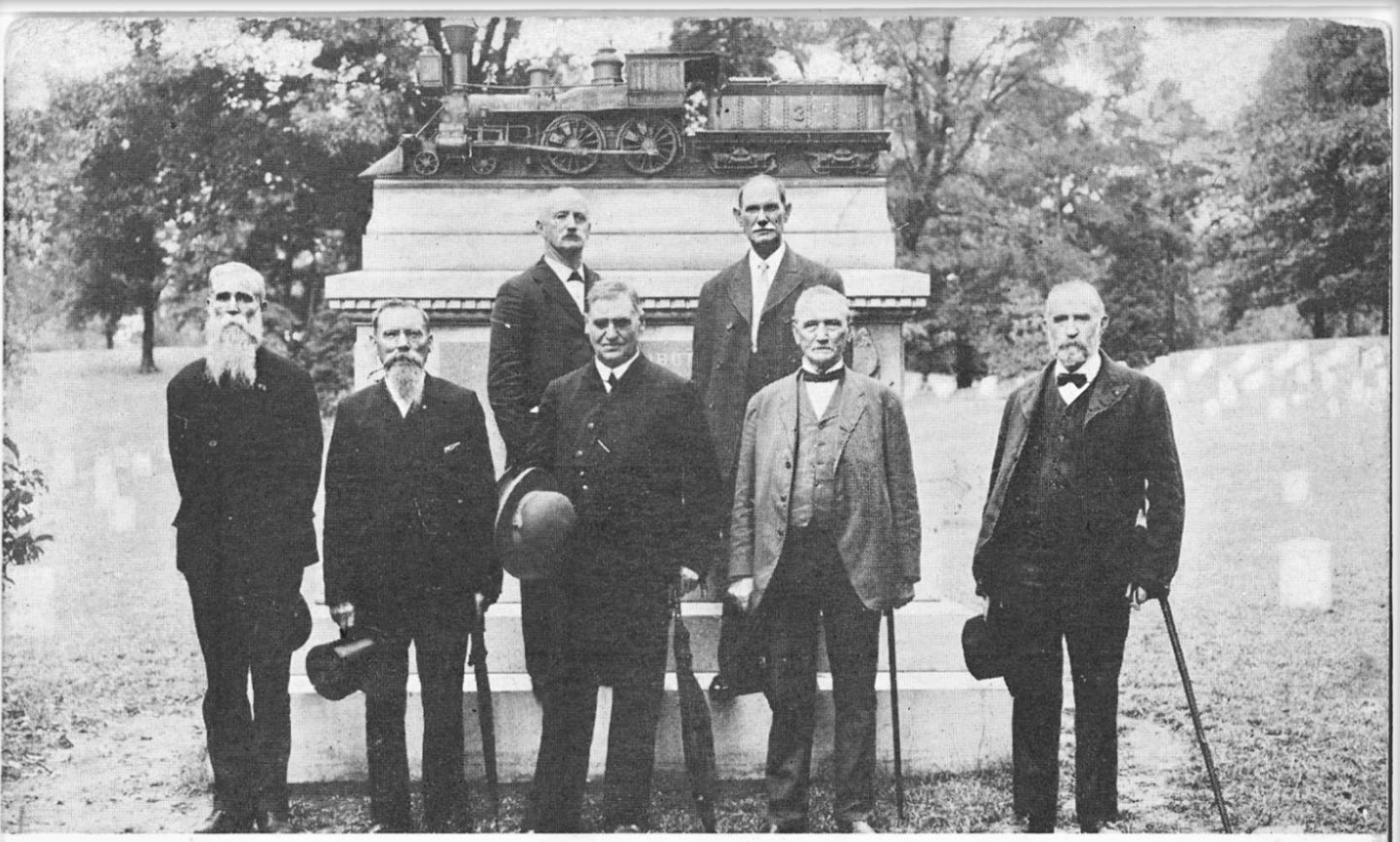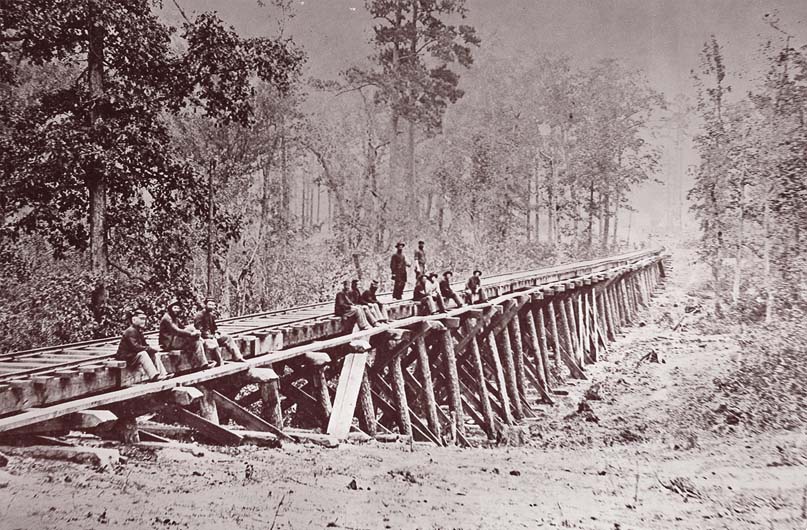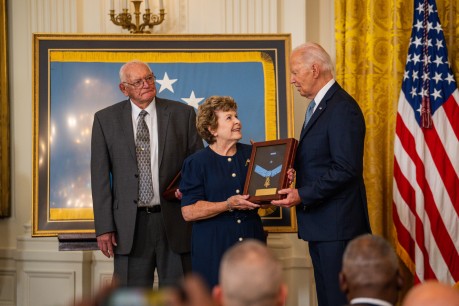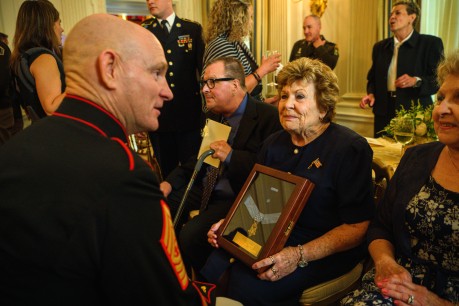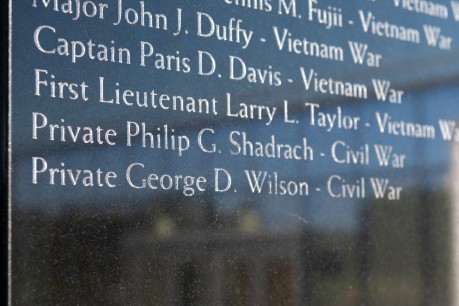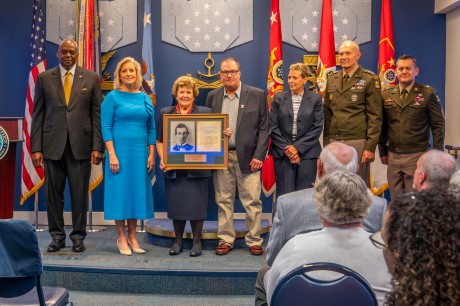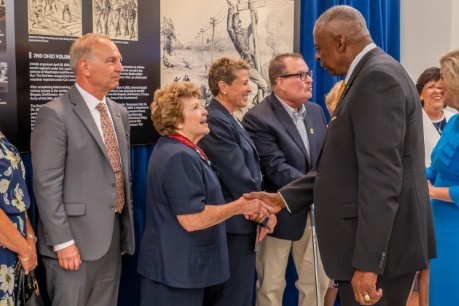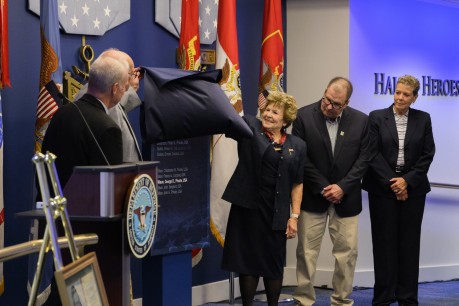Born in Belmont County, Ohio, in 1830 to George and Elizabeth Wilson, Pvt. George D. Wilson became a heroic Soldier. After volunteering for the famous Andrews’ Raid, he became a central figure in a high-profile mission of the Civil War known as the Great Locomotive Chase. Though Wilson tragically perished, his story remains inspiring.
Wilson was originally a tradesman who supported his family as a journeyman shoemaker. An incredibly talented craftsman, Wilson loved his work but felt the call to serve his country. He enlisted in the Union Army’s Company B, 2nd Ohio Volunteer Infantry Regiment, on Aug. 31, 1861, for three years.
Knowing the risks involved, Wilson volunteered for a mission to destroy a railway that supported Confederate supply chains across the South. Posing as civilians, Wilson and others infiltrated the South in small groups, rendezvousing north of Atlanta at Marietta, Georgia. He and 21 of his fellow Andrews’ Raiders commandeered a locomotive called the General and destroyed railroad tracks and telegraph wires as they made their way back north. However, the General’s conductor and search parties set out in hot pursuit, forcing them to flee and abandon their mission.
After it became clear that the mission had failed, Wilson attempted to escape and evade capture but was eventually caught. On May 31, 1862, he was tried and convicted as a spy. He and six of his fellow Soldiers — who faced their fate with extraordinary courage and bravery — were executed by hanging on June 18, 1862, in Atlanta, Georgia.
Wilson died a hero and left behind an ex-wife, Martha Marple Wilson, and a child (another child died before his death). Initially buried at the site of his execution, Wilson’s remains were moved to the Chattanooga National Cemetery on April 25, 1866, where he was laid to rest at last.

